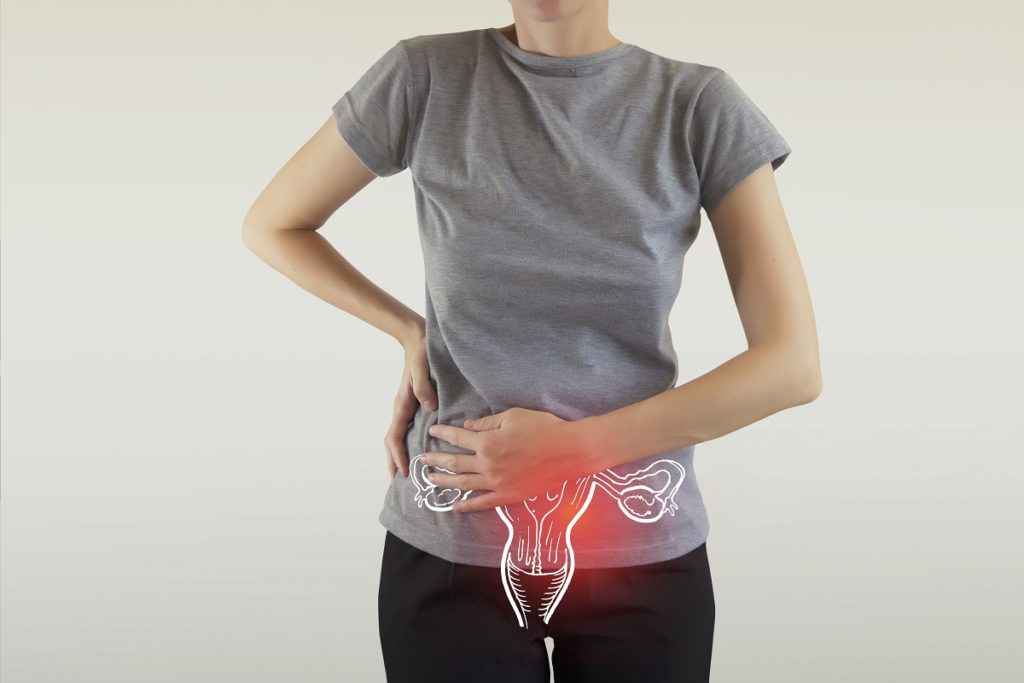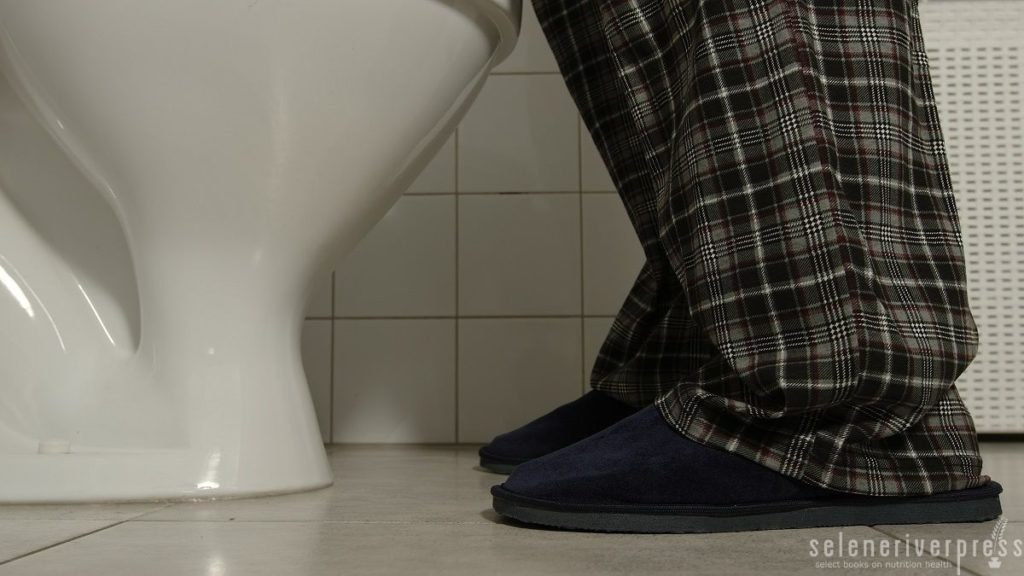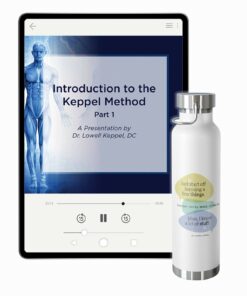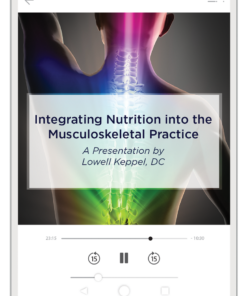Enjoy the latest installment of Dr. Lowell Keppel’s “Good to Know” series for practitioners.
Overactive bladder (OAB) and bladder incontinence are far more common issues than most people realize. Why? Frankly, many patients are too embarrassed to talk about it.
According to the Urology Care Foundation, “As many as 30 percent of men and 40 percent of women in the United States live with OAB symptoms. Many people living with OAB don’t ask for help. They may feel embarrassed. Many people either don’t know how to talk with their health care provider about their symptoms, or they think there aren’t treatments that can help.”
The Cleveland Clinic explains the symptoms of OAB “can include a frequent urge to urinate and waking up at night to urinate.” Causes of OAB include “weak muscles, nerve damage, use of medications, alcohol or caffeine, infection, and being overweight.” In many cases, lifestyle changes may help.
In cases of urinary incontinence, control over the urinary sphincter is either lost or weakened, leading to the involuntary leakage of urine and urinating when you don’t want to. According to the American Urological Association, one quarter to one third of men and women in the United States experience urinary incontinence. However, the condition is more common among women than men, affecting an estimated 30 percent of women aged thirty to sixty as compared to only 1.5 to 5 percent of men.
We will lump these two conditions together for this discussion because, in my experience, the causes and recommendations are nearly the same.
Infections, especially subclinical, can contribute to the weakening of the bladder muscle. This is a smooth muscle, with epithelial origin and components. When the muscle tissue is weakened by infection (including yeast and bacterial infections), leaking and/or overactivity of bladder function can follow.
I recommend the following Standard Process and MediHerb products to address these bladder issues:
For yeast infections, we want to use the yeast triad:
- Lactic Acid Yeast: 6–9 per day to starve the pathogenic yeast.
- Spanish Black Radish: 6 per day to help eliminate dead yeast.
- Gut Flora Complex (MediHerb): 4 per day.
For bacterial or viral infections, use the immune triad:
- Calcium Lactate: 9–12 per day for phagocytic activity of white blood cells.
- Cataplex A-C: 9 per day to give white cells ammunition.
- Thymex: 6 per day to stimulate T cells and lymphatic drainage.
For both types of infections, remember to acidify with Cal-Amo (6 per day).
If you don’t suspect infection, or after the infection is cleared, you must now strengthen the smooth muscle. (Remember, the bladder is made of smooth muscle and is of epithelial origin.)
Support this tissue with:
- Dermatrophin PMG: 6 per day on an empty stomach.
- Cataplex A: 6 per day. (This tissue loves Cataplex A, which helps nourish the cells.)
- Trace Mineral-B12: Take for the minerals (especially manganese to strengthen tissues).
Notice that the protomorphogen (PMG) is the primary vitamin for the tissue. The primary mineral of the tissue is provided in these protocols.
To address nerve weakness for the bladder: Cataplex B-Core (4 per day).
For bladder issues, the final aspect to consider is the endocrine system—namely the thyroid and pituitary. The posterior pituitary with the antidiuretic hormone may play a role in an overactive bladder.
The thyroid gland and thyroxine also have a huge impact on the bladder. In his book Practical Endocrinology, Dr. Henry Harrower explains how “cellular infiltration” affects the tissue cells (pp. 472–473). In this case, the lack of thyroxin causes the bladder cells to be waterlogged, which weakens the bladder walls. Once the bladder loses its tone, we see incontinence or overactive bladder. For this, look for endocrine support.
We give endocrine support in the form of:
- Symplex F (women) Symplex M (men): 6 per day. (If the patient also has blood sugar issues, give 6 per day Paraplex.)
- Catalyn: 6 per day.
- Calcium Lactate: 9 per day.
For children, any and all of these may be a factor in bedwetting.
When you follow the flow (lol), you simplify bladder issues.
Images from iStock/eugenekeebler (main), mi-viri (post).






Good Day, I noticed there isn’t a concern for metals. Do you examine that possibility?